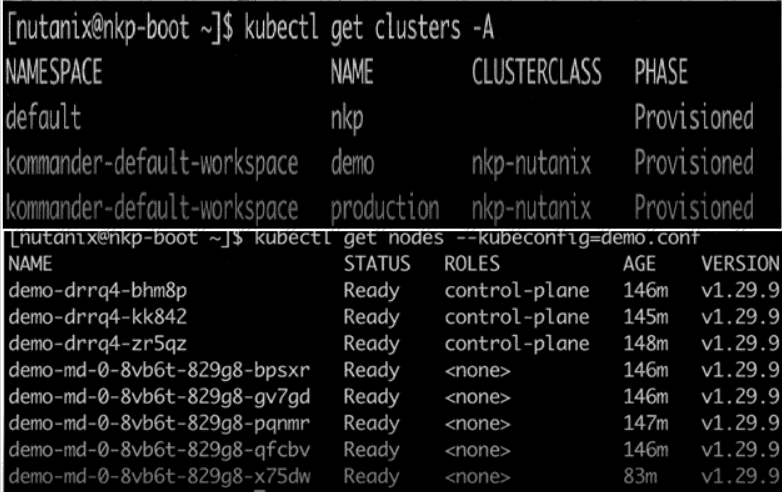NCP-CN Exam Dumps - Nutanix Certified Professional - Cloud Native (NCP-CN-6.10)
Searching for workable clues to ace the Nutanix NCP-CN Exam? You’re on the right place! ExamCert has realistic, trusted and authentic exam prep tools to help you achieve your desired credential. ExamCert’s NCP-CN PDF Study Guide, Testing Engine and Exam Dumps follow a reliable exam preparation strategy, providing you the most relevant and updated study material that is crafted in an easy to learn format of questions and answers. ExamCert’s study tools aim at simplifying all complex and confusing concepts of the exam and introduce you to the real exam scenario and practice it with the help of its testing engine and real exam dumps
An ecommerce company decides to apply an autoscaling configuration in its NKP cluster due to the fact that on holidays, they experience service drops due to a huge increase of simultaneous traffic.
Which statement best describes the configuration shown in the exhibit?
Refer to the exhibits.
A Cloud Administrator had provisioned a Kubernetes cluster named demo that is no longer actively being used. A Quick review from the Systems Engineer confirms that the following VMs are part of the demo Kubernetes cluster

How should the demo cluster be properly deleted?
A company was using a test application called temp-shop developed in the temp-ecommerce NKP Starter cluster. Now, the cluster has just been taking up valuable resources that could be used for other projects, so the development team has decided to remove it.
Before proceeding, they verified that they had the cluster configuration file temp-ecommerce.conf.
What command should the development team execute to delete the cluster with its nodes and application?
A Platform Engineer is deploying a new NKP cluster that has internet connectivity. Now, a Cloud Administrator and Security Administrator are discussing the security of communications between the NKP Kubernetes cluster and the container registry. The engineer proposes to have an on-prem private registry.
What is the most significant reason that the engineer should create a private registry instead of configuring a secure connection between the NKP cluster and Github (SaaS)?
When deploying an NKP cluster onto air-gapped, pre-provisioned servers, Konvoy Image Builder is utilized to prepare the servers to become NKP cluster nodes.
What does the konvoy-image upload command do as a part of this preparation process?